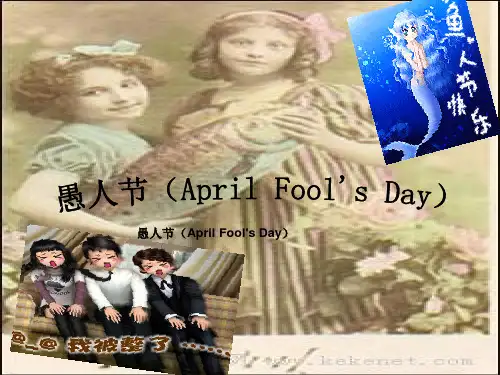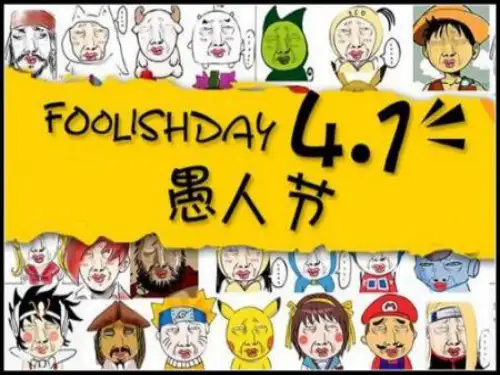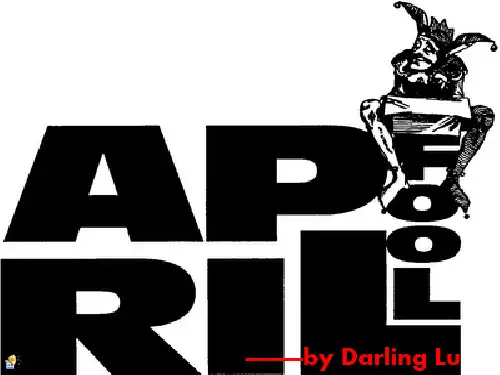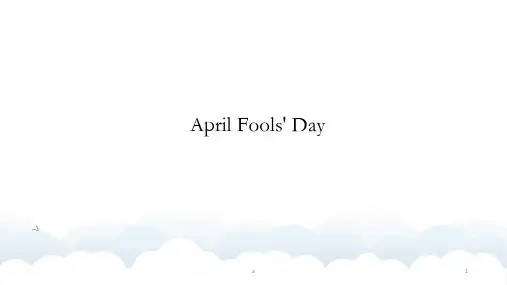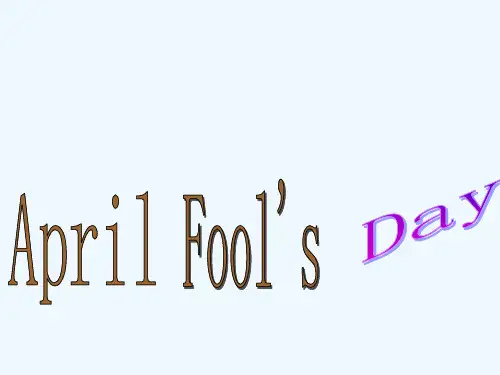a
3
During this period of spring festivity, the more
flexible French mocked the rigid revelers by sending them foolish gifts and invitations to non-existent parties. April Fools' Day hit its stride in England in the 18th century, and was brought to colonial America by the English, Scottish, and French. This story might explain why April 1st specifically became the date of the modern s
Spaghetti trees: The BBC television programme Panorama ran a famous hoax in 1957, showing the Swiss harvesting spaghetti from trees. They had claimed that the despised pest the spaghetti wevil had been eradicated. A large number of people contacted the BBC wanting to know how to cultivate their own spaghetti trees.
a
2
Origin
Once upon a time, back in 16th-century France, people celebrated New Year's Day on March 25, the advent of spring. It was a festive time. They partied steadily until April 1. In 1564, when the calendar reformed and became Gregorian, King Charles IX proclaimed, that New Year's Day should be celebrated on January 1 instead of in the spring. Diehard conservatives resisted the change (or perhaps didn't hear about it) and continued to celebrate New Year's from March 25 to April 1.
